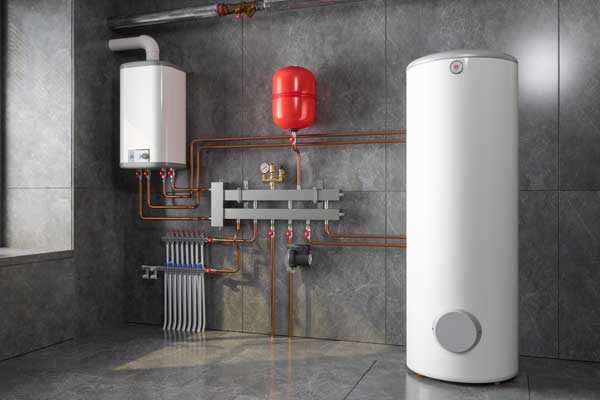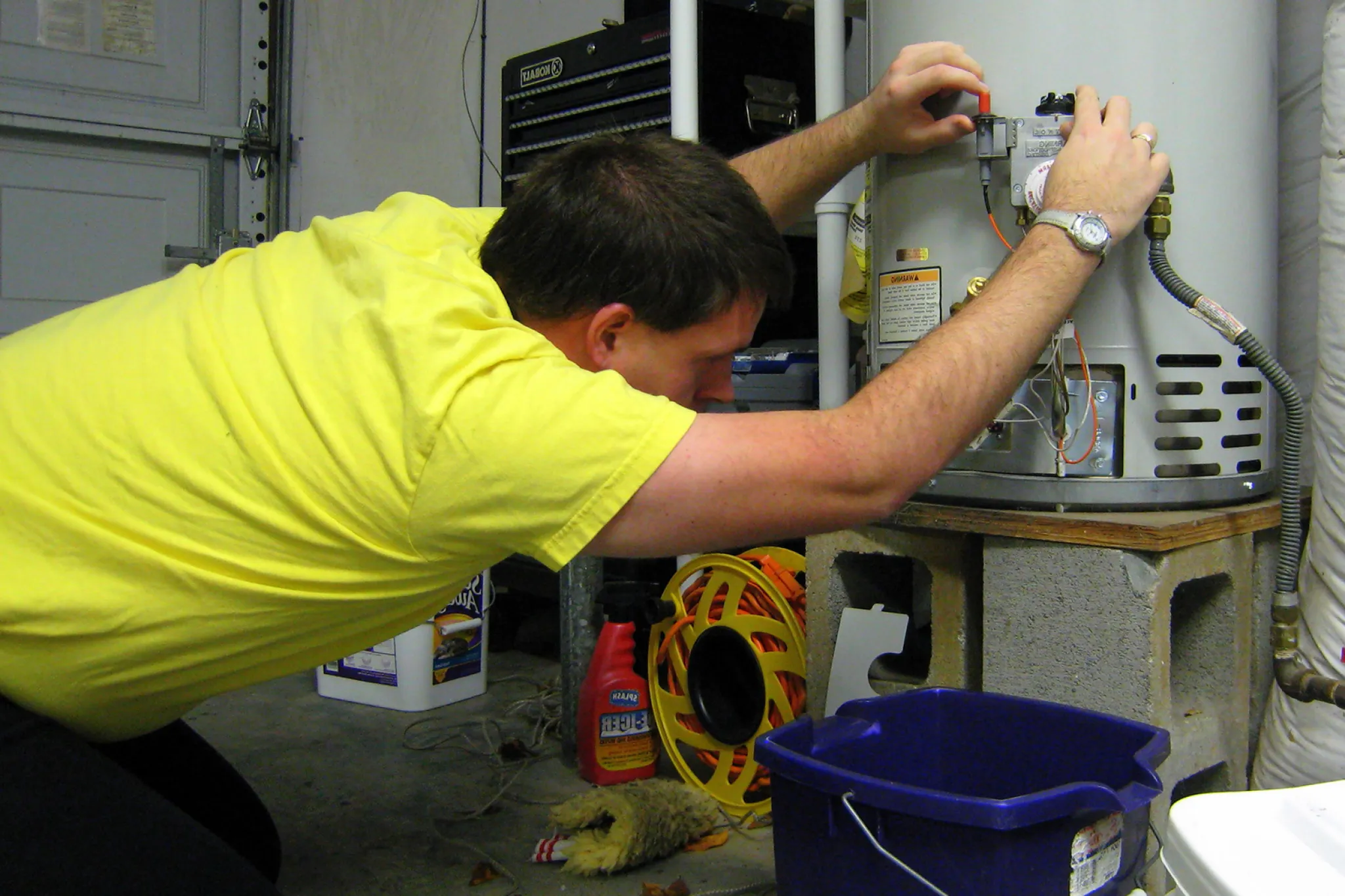Effective Strategies for Maintaining Your Home's Hot Water SystemProfessional Tips for Maintaining Your Home's Hot Water System
Effective Strategies for Maintaining Your Home's Hot Water SystemProfessional Tips for Maintaining Your Home's Hot Water System
Blog Article
We have noticed this post involving Tips on Maintaining a Water Heater below on the internet and accepted it made perfect sense to write about it with you over here.

Hot water is essential for daily convenience, whether it's for a refreshing shower or washing recipes. To ensure your warm water system runs successfully and lasts longer, regular upkeep is essential. This article supplies sensible tips and understandings on how to keep your home's hot water system to avoid disturbances and costly fixings.
Introduction
Maintaining your home's warm water system might appear challenging, however with a few basic steps, you can guarantee it operates efficiently for many years ahead. This guide covers whatever from recognizing your hot water system to DIY upkeep pointers and knowing when to employ specialist help.
Value of Keeping Your Hot Water System
Regular maintenance not just expands the life-span of your warm water system yet also ensures it runs successfully. Neglecting maintenance can cause lowered performance, higher energy expenses, and also early failing of the system.
Signs Your Hot Water System Needs Maintenance
Recognizing when your warm water system needs attention can avoid major problems. Keep an eye out for indicators such as inconsistent water temperature, unusual noises from the heating unit, or rustic water.
Purging the Hot Water Heater
Purging your water heater gets rid of sediment buildup, improving efficiency and extending its life.
Checking and Replacing Anode Rods
Anode rods avoid corrosion inside the storage tank. Examining and replacing them when worn out is essential.
Complex Issues Calling For Expert Assistance
Examples include significant leakages, electric troubles, or if your hot water heater is constantly underperforming.
Regular Expert Maintenance Advantages
Expert maintenance can consist of complete inspections, tune-ups, and ensuring conformity with safety standards.
Inspecting and Readjusting Temperature Level Setups
Changing the temperature settings makes certain optimum performance and safety.
DIY Tips for Upkeep
You can do a number of maintenance jobs on your own to keep your warm water system in leading condition.
Checking for Leakages
Consistently check pipes and links for leaks, as these can result in water damage and greater expenses.
Understanding Your Warm Water System
Before diving right into maintenance jobs, it's valuable to understand the basic elements of your hot water system. Commonly, this consists of the water heater itself, pipelines, anode poles, and temperature controls.
Month-to-month Upkeep Tasks
Regular month-to-month checks can assist catch small problems before they rise.
Testing Stress Alleviation Valves
Testing the stress safety valve ensures it functions appropriately and avoids too much stress build-up.
Protecting Pipes
Shielding hot water pipes minimizes warm loss and can save power.
When to Call a Professional
While do it yourself maintenance is beneficial, some concerns need professional proficiency.
Verdict
Routine maintenance of your home's warm water system is necessary for effectiveness, long life, and expense savings. By adhering to these ideas and knowing when to look for expert aid, you can ensure a trusted supply of hot water without unexpected interruptions.
Water Heater Maintenance: The Basics
Maintaining your water heater will ensure it operates efficiently and has a longer lifespan. Neglecting regular maintenance can lead to costly repairs and an even bigger chunk of your savings if you have to replace it sooner than necessary. But there’s good news: Most water heater maintenance tasks are relatively simple and easy for homeowners with basic DIY skills.
Flush the Water Heater
Over time, sediment and minerals can build up in the tank, reducing its efficiency and potentially causing damage. To flush the tank, turn off the power or gas supply, attach a hose to the drain valve near the bottom and open the valve to drain the water until it runs clear. Ideally, flush the tank annually.
Replace the Anode Rod
The anode rod is a sacrificial metal rod that helps prevent corrosion inside the tank. Inspect and replace it every three to five years or per the manufacturer's recommendation. To replace the anode rod, turn off the power or gas supply, drain a few gallons of water from the tank, unscrew the old rod and replace it with a new one. If the anode rod is significantly corroded or covered in calcium buildup, it's a sign the water heater may need to be replaced soon.
Tune-Up
A yearly tune-up can help identify potential issues and ensure your water heater operates at peak efficiency. This typically involves checking the thermostat, burner assembly (for gas heaters) and any other components specified by the manufacturer. During a tune-up, the technician may also clean the burner and adjust the pilot light (for gas heaters) or examine the heating elements (for electric heaters).
How to Maintain Your Water Heater
Insulate the tank. Insulating the tank can improve energy efficiency and reduce heat loss, saving you money on energy bills. You can purchase precut insulation blankets designed specifically for water heaters or use standard fiberglass insulation wrapped securely around the tank. Check the temperature. The recommended water temperature for most households is around 120 degrees Fahrenheit (49 degrees Celsius). Higher temperatures can increase energy costs and potentially cause scalding. Use a kitchen thermometer to check the temperature at the faucet nearest the water heater. Monitor water pressure. Excessive water pressure can strain the water heater and cause leaks or even tank failure. Install a pressure-reducing valve if necessary. The ideal water pressure range is between 60 and 70 PSI (pounds per square inch). Test the temperature and pressure (T&P) relief valve. The T&P relief valve is a safety feature that releases pressure if the tank gets too hot or the pressure builds up too high. Test it annually by lifting the lever and allowing a small amount of water to release. Replace the valve if it doesn't release water or reseal properly. Check for leaks. Regularly inspect the tank, pipes and fittings for leaks or corrosion. Deal with issues promptly to prevent further damage. Even a small leak can lead to significant water damage over time. Consider a tankless water heater. If your traditional tank-style water heater is nearing the end of its lifespan ( typically 10 years), consider replacing it with a tankless water heater. These units heat water on demand, reducing standby energy losses and potentially saving you money on your energy bills. Schedule professional maintenance. While homeowners can perform many water heater maintenance tasks, it's still a good idea to schedule professional maintenance every few years. A plumber or HVAC technician can thoroughly inspect the unit, identify potential issues and ensure it operates safely and efficiently. https://www.homeserve.com/en-us/blog/home-improvement/hot-water-heater-maintanence/

I found that content on How to Maintain a Hot Water Heater in a Few Simple Steps when doing a lookup on the internet. Loved our piece? Please share it. Help someone else discover it. I value reading our article about What Kind of Maintenance Do Water Heaters Need?.
Click Here Report this page